Interview with Darcie Chan, author of The Mill River Recluse
|
Your novel is The Mill River Recluse. Can you tell us about it? The basic concept for The Mill River Recluse was inspired by a certain gentleman named Sol Strauss who lived in Paoli, Indiana, the small town in which I lived during high school and my mother was born and raised. Mr. Strauss, a Jewish man who fled Nazi Germany, operated a dry goods store in Paoli in the 1940s. Even though Mr. Strauss lived quietly alone above his shop and never seemed to be fully embraced by the town’s predominantly Christian population, he considered Paoli to be his adopted community and is still remembered today for his extreme generosity. I thought it would be very interesting to build a story around someone who is misunderstood or different in some way, and to show that even someone who is seemingly far-removed from his or her community may in fact be more special and integral than anyone could imagine. What genre is it? What kind of readers will it appeal to? Complete this sentence for us: If you like ________, you’ll love The Mill River Recluse. Tell us a bit more about Mary McAllister and her life as a recluse. The life of a writer is often said to be solitary, is that true? Did that give you an insight into the life of Mary McAllister? I’d say that what insight I may have had into Mary’s solitary life I gained by researching agoraphobia and the types of events that caused her to eventually become so isolated. Tell us a bit about yourself and your life. I have loved reading and writing as long as I can remember. I recall writing poems in fifth grade, and in middle school, after winning a short-story competition, I came home and announced to my parents that I wanted to be a writer some day. I think that was the first time – when I was eleven years old – that I actually formulated the thought that writing was something I wanted to do as a career. You self-published The Mill River Recluse, but have since signed with a traditional publisher. In what ways is this better and in what ways is it worse? First, I’m thrilled to have the support of my publisher with respect to everything that goes into developing a quality book. I like knowing that I have a team of experts in every aspect of book production — i.e., editing, copy editing, legal review, when necessary, cover design, formatting, marketing, and publicity – who have a vested interest in producing the best book they can. It is true that in going the traditional route, I’m giving up some control over certain aspects of book production – but that is fine with me. The story itself is what will ultimately determine whether a book succeeds. It’s my job as a writer to provide a quality story. I have a full and busy life, and I cherish and am very protective of the time I have for writing and for my family. So, for me, having the option to use my time to write the best story I can and to let my editor and publisher coordinate and help with everything else that is required to produce a quality book is extremely appealing. My second reason for going the traditional route is that I believe my publisher can help me reach more readers than I could on my own. The trade-offs, of course, are that it takes much longer for a traditionally published book to come to the market, and the royalty rate is lower. However, I think the royalty issue can be nullified if one’s readership is expanded to print book readers. Even though ebooks are increasingly popular today, more people still read good, old-fashioned print books. And, it is currently very difficult for a writer to get a self-published print version of a book into the brick-and-mortar stores (such as Target, Barnes and Noble, and Costco) where readers of print books typically buy them. Most retail stores will not stock self-published titles, and even if they did, most individual authors have neither the financial nor logistical ability to achieve wide distribution of a self-published print book. As a writer, I’d love to get my work into the hands of as many readers as I can, and my publisher can help me do just that. How can we follow you online? What’s next? We hear you are working on a sequel. Is that true? What can you tell us about it, and when will we be able to get our hands on it? |

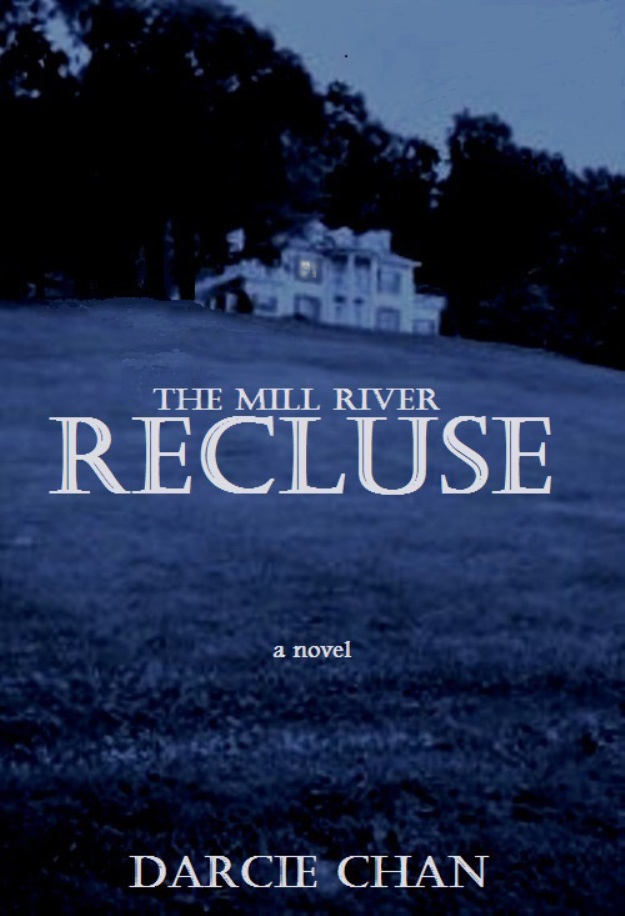


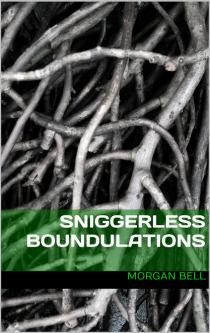
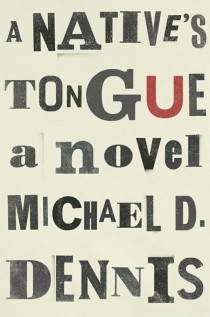
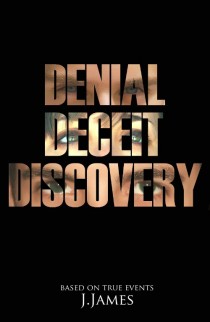
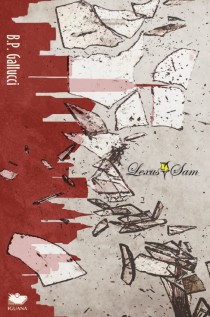
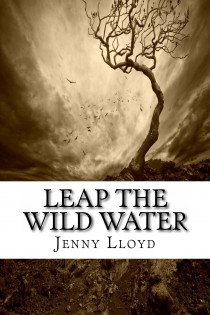
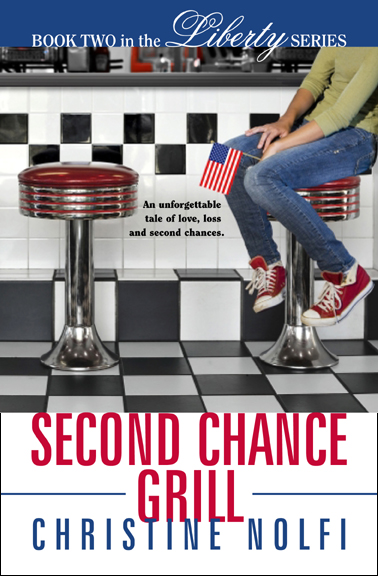
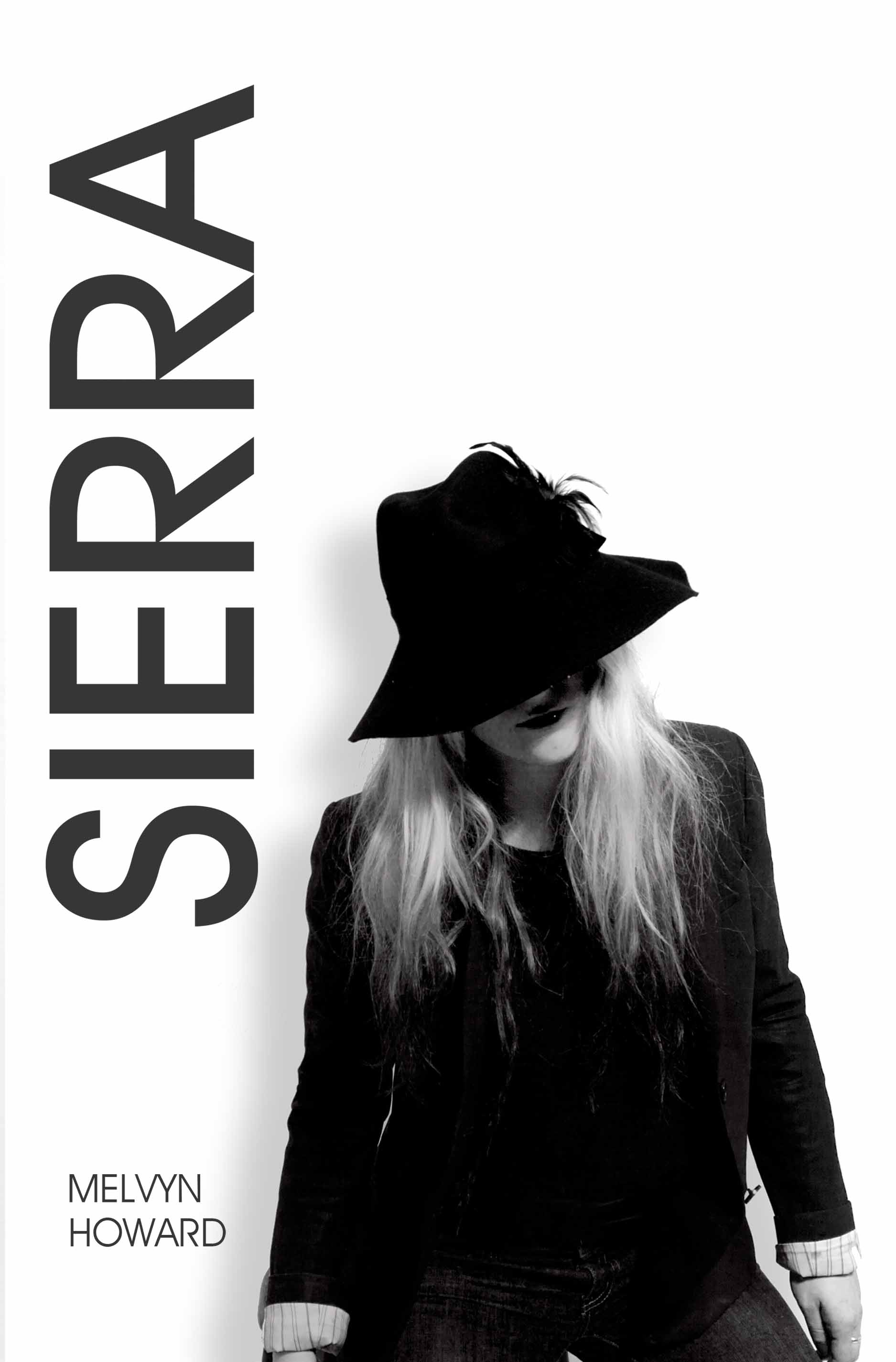
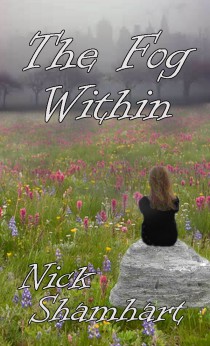
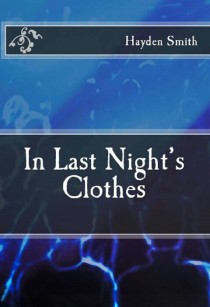
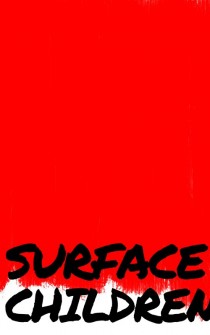
Pingback: #2 in Series – Famous Writers Recovered from Rejection, So Can You. | Never Give Up by Joan Y. Edwards